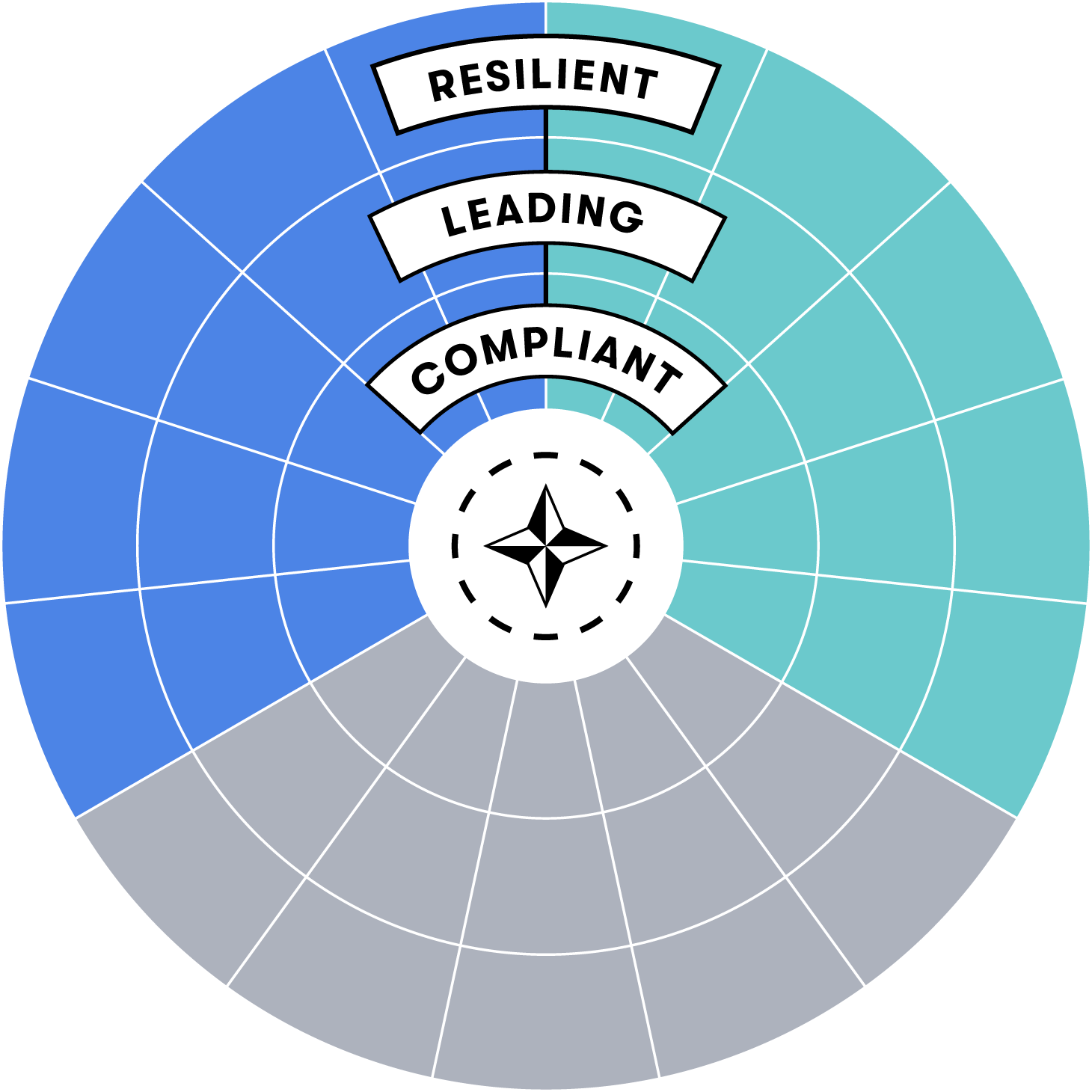Our evidence-based methodology, harnessing the Forge Works Map®, has enabled companies large and small to recover and refocus their safety efforts.
If you’d like to learn more, download ‘The Forge Works blueprint for safety management’ or contact us.




